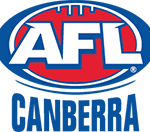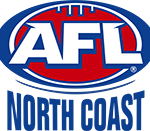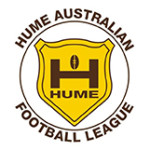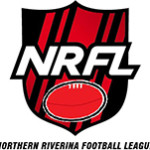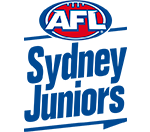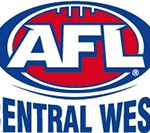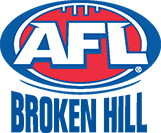It might seem curious that Australian rules football should develop as the dominant football code in a mining city in the far west of New South Wales, a state more known for the dominance of rugby league. Broken Hill was established as a mining town and many of the early settlers were from either the Victorian goldfields, or the copper mines of Moonta and Kadina in South Australia, both of which were areas being keen participants in the early development of Australian rules football. This link to states with an Australian rules football culture was further enhanced with the later flow of workers to and from the gold mining Kalgoorlie-Coolgardie axis in Western Australia.
Indeed, the city of Broken Hill to this day conducts itself in many ways as a city aligned to South Australia, using the same time zone (Australian Central Standard Time), being in the (08) Western/central area code, and its local television station, Central GTS/BKN, covers Broken Hill and parts of South Australia.
Football matches were first played in Broken Hill in 1885 and an informal competition was under way by 1888 between Broken Hill, Silverton, and Silver and Blues. The League was formed in 1890 as the Barrier Ranges Football Association (changing to its current name in 1928). Early years of the Association reflected the historical roots of its settlers and the two dominant clubs were known as the ‘Victorians’ and the ‘South Australians’. Other early clubs were Broken Hill, North Broken Hill, South Broken Hill and Hotham.
In 1900 the League followed the trend of many other Leagues around the country at that time, and restructured along district lines. The four clubs that competed in the restructured competition are the same four clubs that make up the current competition, although South Broken Hill was then known as Alma.
The city’s close association with South Australia was reflected with many of the League’s stars finding success in the South Australian National Football League (SANFL) in the early 20th century. Prominent identities included North Broken Hill’s Dave Low, who went on to win the 1912 Magarey Medal with West Torrens Football Club, Jack Woollard, captain of Port Adelaide Football Club’s 1910 Championship of Australia-winning team, and Algy Millhouse, who captain-coached Norwood Football Club in 1914. The 1922 Magarey Medallist Robert Barnes and Bruce McGregor, who won Medals in 1926-7, were stars at West Adelaide Football Club. Leading goalkicker, Jack Owens, topped the SANFL’s goal kicking ladder on three occasions with Glenelg Football Club in the 1920s and 1930s.
The League itself was considered strong enough to compete with visiting teams from the SANFL, Victorian Football League (VFL) and West Australian Football League (WAFL), and was even invited to send delegates to the inaugural Australasian Football Conference in Melbourne, in November 1905.
In more recent times players from Broken Hill have managed to find their mark with the country’s premier league, the Australian Football League (AFL), including Fremantle’s Dean Solomon, Brent Staker of West Coast and Brisbane, Taylor Walker of Adelaide and Mitch Clisby of the Melbourne Football Club.

